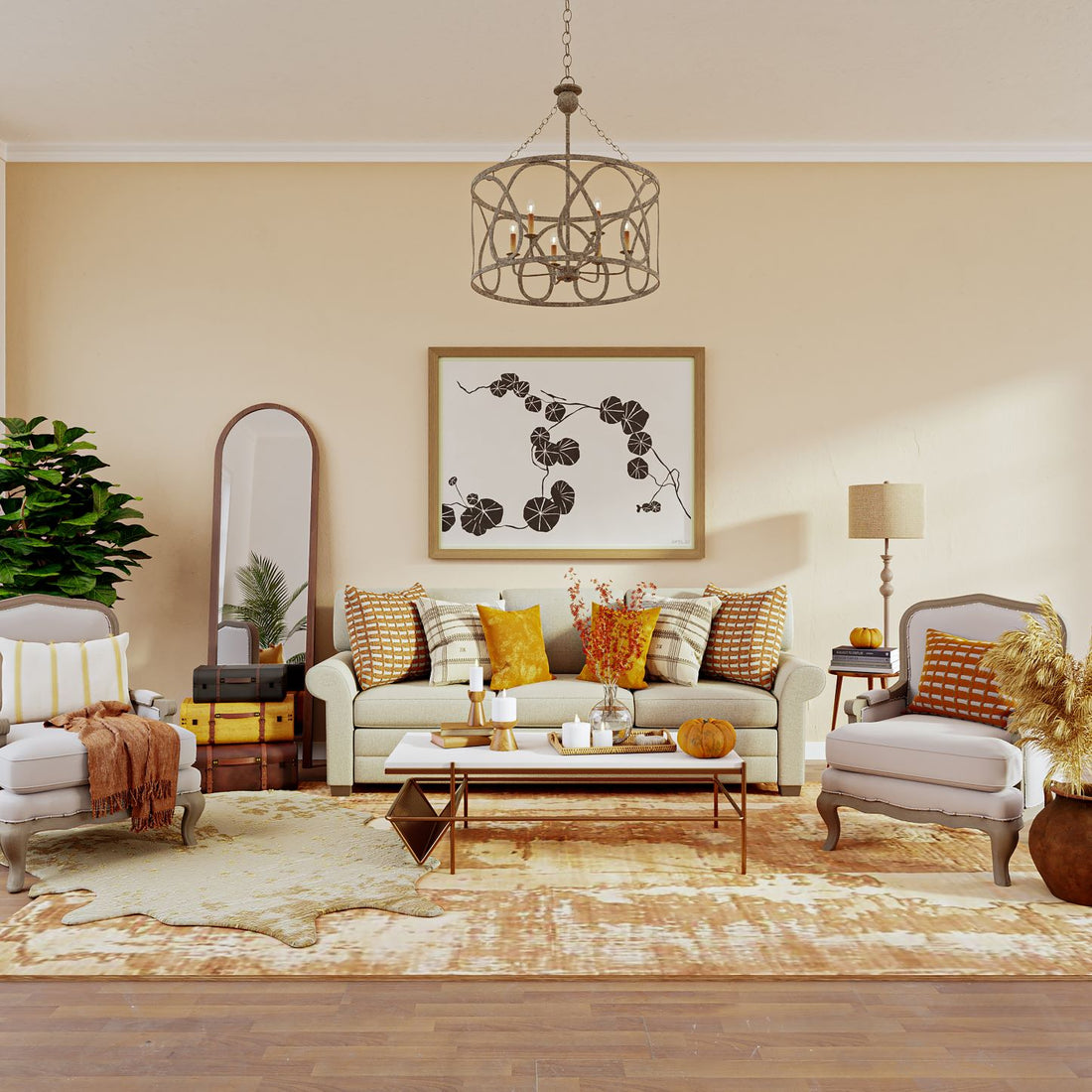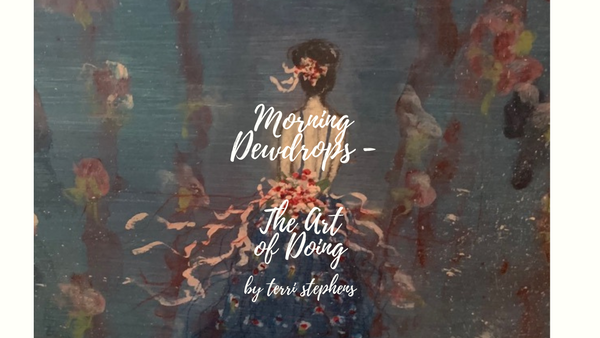
Vintage Contemporary Design
What is Vintage Contemporary Design?
Vintage Contemporary Design is mixing pieces from the same period with pieces from the past. Vintage Contemporary Design is a nod to traditional design with a story twist and evokes an elegance to the past that most find comforting.
Vintage Contemporary Design has gained a footing over the past few years due to the sustainability of vintage pieces. Each year, Americans throw out more than 12 million tons of furniture and furnishings, according to the Environmental Protection Agency. Vintage Contemporary may have started as a trend, but it is here to stay. In the article “What’s Old is New Again: Vintage Furniture is the Hottest Home Décor Trend,” Vogue Magazine - 11/17/2021), Elize Taylor states that vintage and consignment markets are experiencing a boom. Reports indicate the furniture resale market will increase 70 percent from 2018 to 2025 and 31% of the Millennials and Gen Z consumers have increased their interest in buying used, vintage or antique furniture online.
The COVID-19 pandemic redefined the importance of two aspects in our homes; that being, safety and comfort. We want our homes safe and we want to enjoy “the comforts of home.” Vintage Contemporary Design allows us to create a cozy home affordably. With the surge towards sustainability and concern for our environment, the addition of plants has become a big part of Vintage Contemporary Design. Nature is timeless and plants add to our décor and give us oxygen.
On the creative side, we have a strong freedom of expression in storytelling with Vintage Contemporary Design.
What is vintage and what is “new vintage?
A vintage piece is 50 years old or more (1922-1972). A new vintage piece is at least 25 years old (up to 1997). An antique is at least one hundred years old.
Since any vintage piece used in interior design adds character and story to your home, there is no need to become engrossed in the difference between vintage and new vintage. Choosing what pleases you in vintage is all that matters. You could even say that Retro Style is a cousin to Vintage Contemporary Design in that they both combine old and new with an eclectic flair. Retro focuses more on pieces from the 1950’s-1970’s and Vintage Contemporary focuses more on an uplifted traditional style.

Vintage pieces are real. The furniture is solid wood or solid wood with a thin veneer overlay to protect the wood surface. The wood grain is not perfect and does not have a repeat pattern. If it does, then the piece is made of a wood composite. The wood grain of a solid wood piece will show through even on a painted piece. You can also check the drawers for dovetailed joints or look at the underside of the piece to see if it is solid wood. Lastly, wood is heavy. It takes two people to carry a vintage mid-size dresser or chest.

Vintage Contemporary Design shown here with a light, neutral pallet. The side table, coffee table and stacked suitcases add to the vintage appeal. Vintage Contemporary nods to traditional design with texture, plaids and florals in pillows, rugs and throws.

Traditional setting with a Contemporary Vintage vibe.

Vintage Contemporary with a Boho vibe.

Vintage Contemporary Design allows you freedom to create a place that tells your story with character, one that is lived-in, welcoming, and safe; it's called “Home.”
Written by Terri L. Stephens
Morning Dewdrops by Terri Stephens © 2022
Please share this article if you liked it and subscribe to our newsletter, “What’s In Your Dewdrop? – The Art of Doing”
Please visit Morning Dewdrops by Terri Stephens (Brick & Mortar) when in the area - Pineville Treasure Chest Too, 2878 Hwy 28E, Pineville, LA (serving the Alexandria/Pineville area).
Images curated by Taylor Heery, Spacejoy, Maria Orlova, Kate Darmody and Roberto Nickson

1 comment
Terri,
I loved this article and it is what we do. I can’t wait to read more.
Congratulations
Phyllis